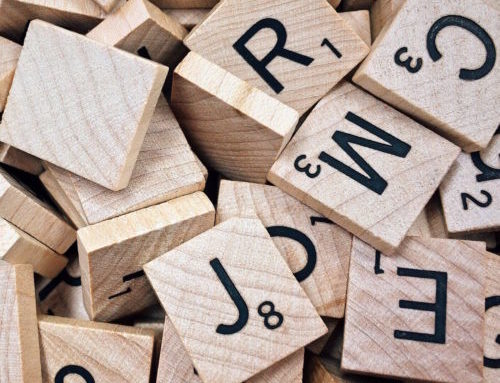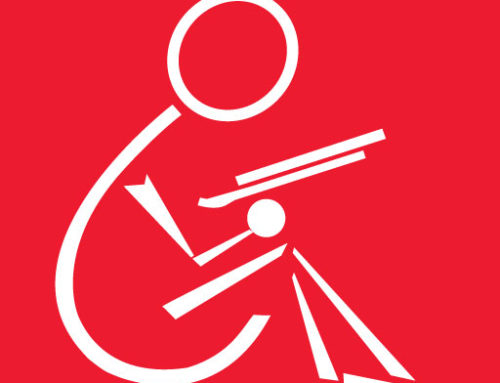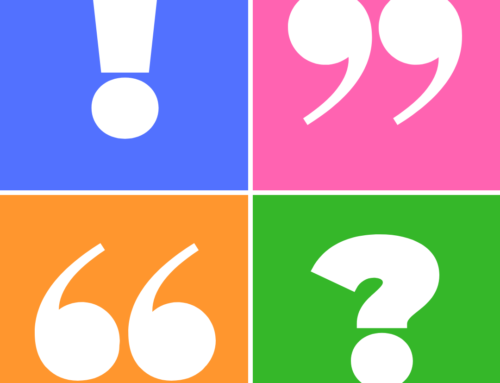 Here at Publishing Solutions Group, we are passionate about punctuation. We take joy in seeing em dashes used properly in subway signs and cringe when holiday cards incorrectly include our beloved serial comma before an ampersand. So it should be no surprise that a New Yorker article about the roots of popular punctuation marks as well as more archaic ones quickly made its way around the office.
Here at Publishing Solutions Group, we are passionate about punctuation. We take joy in seeing em dashes used properly in subway signs and cringe when holiday cards incorrectly include our beloved serial comma before an ampersand. So it should be no surprise that a New Yorker article about the roots of popular punctuation marks as well as more archaic ones quickly made its way around the office.
The article explains that the pound sign (#) originated in the fourteenth century from the Roman libra pondo, which means “pound weight.” The Latin abbreviation for this term, lb, was written with a tilde—a horizontal bar—across the top of the abbreviation. Over time, scribes scribbled this mark in such a way that it morphed into the ubiquitous hashtag we use today.
Professor William H. Sherman notes that a handwritten version of the manicule (☞) was once “the most common symbol produced both for and by readers in the margins of manuscripts and printed books.” First used in 1086 and wildly popular between the twelfth and eighteenth centuries, the manicule was used to draw the eye to interesting and important portions of a text. When printing was popularized in the fifteenth century, the manicule symbol and other reference marks were more readily available. This allowed printers to include them in the text and margins and left less room for readers’ own marks. The drawn manicule was replaced with the printed “mutton fist’ character and later by numbered footnotes.
In searching for more articles about punctuation, as we words nerds are wont to do, we came across an Economist article about the interrobang (‽). Invented by Martin K. Speckter, the interrobang is a mark that combines the question mark and an exclamation point. Speckter was a journalist and later an advertising executive, who did not like the look of two ending punctuation marks. Though it never took off, it is included in a variety of current typefaces and could gain popularity on the web, where brevity is boss, leaving us to beg: Can we make the interrobang happen‽
Did You Know?
In discussing what new punctuation marks we would like to see, our copyeditor, Kate, made a great case for a mark that combines a period and an exclamation point, for when you would like to show a mild level of enthusiasm, but not as much as an exclamation point indicates—ideal for friendly office greetings or simply a semi-interested text response. Just when we thought we had stumbled across a new copyright, however, we found out we weren’t the first to have the idea. It seems that new punctuation is on a lot people’s minds these days.



